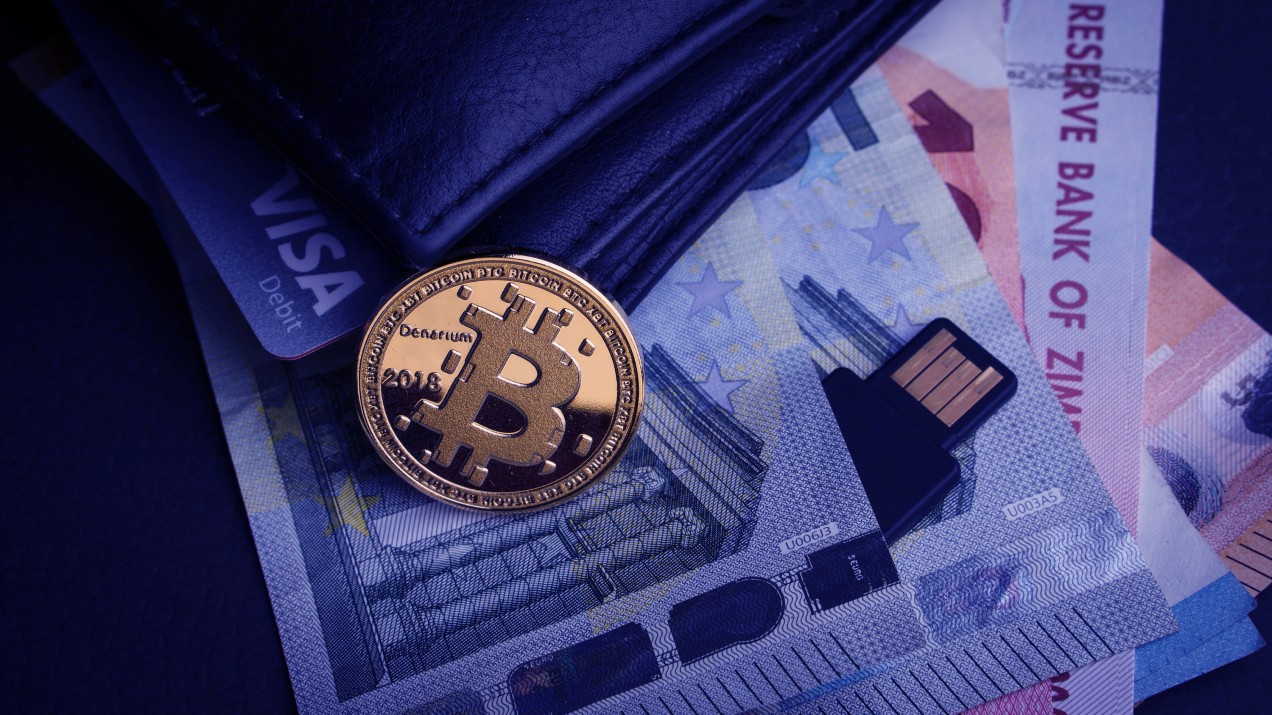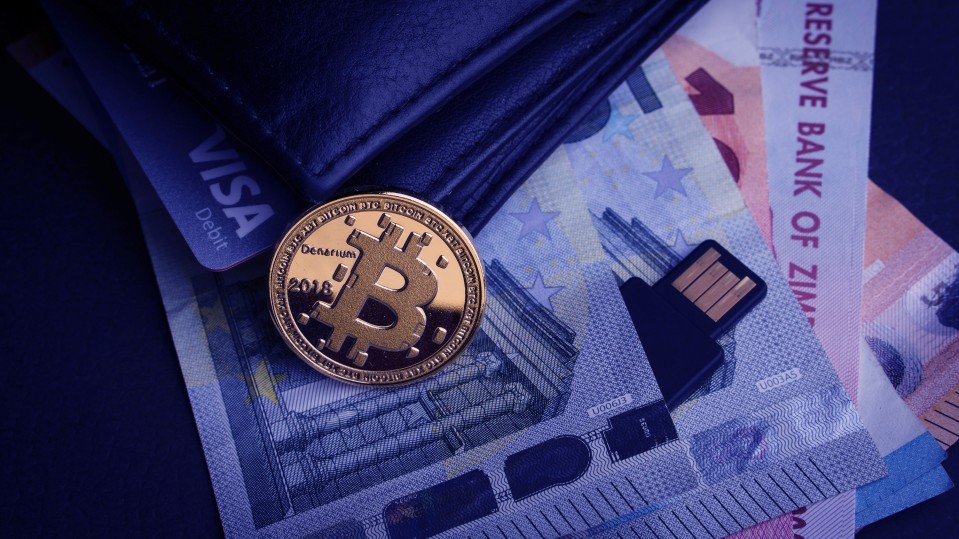

Blockchain / Bitcoin
Coronavirus is forcing fans of Bitcoin to realize it’s not a “safe haven” after all
The latest economic downturn has exposed the 10-year-old cryptocurrency as just another financial asset. For now.

All hell seems to be breaking loose in the financial markets in light of the coronavirus pandemic. But if you’ve spent any time talking with a Bitcoin enthusiast, you’ve probably been told (perhaps many times) that moments like this are what the cryptocurrency was made for. Some of its most ardent fans have contended that since the digital asset is “uncorrelated” with traditional assets like stocks, it is a “safe haven” against market crashes like those we are seeing right now.
You can read all our coverage of the coronavirus/Covid-19 outbreak for free, and also sign up for our coronavirus newsletter. But please consider subscribing to support our nonprofit journalism.
Much to the disappointment of true believers, however, Bitcoin—in fact, the whole cryptocurrency market—has cratered right along with the stock market. Though the price has jumped today, at publication time it was still down roughly 40% from a month ago. So is Bitcoin not actually a safe haven after all? Though it appears to have failed the biggest test of the idea yet, the debate will probably rage on, serving as a reminder that we are still figuring out exactly what Bitcoin is and is not.
It’s also not clear that Bitcoin is supposed to be anything in particular. But Satoshi Nakamoto, its pseudonymous, still-unknown creator, did leave some clues. The title of Nakamoto’s Bitcoin white paper, which introduced the concept to the world, refers to “peer-to-peer electronic cash.” In the introduction, Nakamoto called for an alternative to the traditional system of online commerce, which relies too heavily on “trusted third parties.”
Then there is the mysterious message Bitcoin’s creator left in the very first record of transactions in the blockchain, known as the genesis block: “The Times 03/Jan/2009 Chancellor on the brink of a second bailout for banks.” Nakamoto never explained what this message meant. Still, it’s hard not to see Bitcoin as a reaction to the last global financial meltdown, which began in September of 2008. The Bitcoin white paper hit a popular cryptography email list on Halloween of that year, and the system was running by January.
In practice, Bitcoin is too slow and inefficient to act like electronic cash. Instead, many enthusiasts today view it as a form of “digital gold.” Real gold has long been considered a reliable store of value, and investors tend to see it as a form of insurance against an economic downturn.
Gold is also famously seen as a “safe haven” asset, which Investopedia defines as “an investment that is expected to retain or increase in value during times of market turbulence.” Other commodities like silver, corn, and livestock can also be safe havens. So are US Treasury bonds and cash. Many Bitcoin advocates have claimed that the digital asset belongs in this league too. Then last week happened.
“Surprised we’re seeing the Bitcoin price fall in this environment, would have expected the opposite,” Brian Armstrong, CEO of the popular US exchange Coinbase, tweeted on March 9, likely expressing what many Bitcoin fans were feeling. And that was before the carnage of March 12, when Bitcoin lost more than 40% of its value.
So what happened? One part of the explanation is somewhat ironic. In its earlier days, most of the people who invested in Bitcoin were committed to building an alternative financial system. They saw it as a long-term investment. Bitcoin used to be “the asset of the future,” writes Noelle Acheson, director of research at CoinDesk. It really was separate from the traditional financial system.
But as an industry has emerged around the currency in more recent years, it has made a major effort to foster adoption by “institutional” investors like hedge funds and other professional trading desks. The recent selloff is evidence that the effort has worked. Professional traders have been desperate to raise cash, writes Acheson: “Bitcoin was just another financial asset getting trampled as investors headed for the exit.”
So in its short life, Bitcoin has gone from an extremely obscure asset held mostly by true believers to “just another financial asset.” In light of the latest global financial crisis, it looks nothing like a safe haven. But in other contexts—such as in countries with high inflation, like Venezuela—it has become a safe haven of sorts, at least compared with the national currency. And though it did crash alongside the stock market this time, Bitcoin can still be considered an “alternative asset,” in that like gold it doesn’t depend on the cash flows of other institutions for its value, writes Acheson: “The greater range of alternative assets, the better for investors, especially in troubling times like these.”
A decade from now, how different will Bitcoin look as an asset? Will it still look more like digital gold than digital cash? Who will be investing in it, and why? What Bitcoin is is bound to keep changing along with those factors. So are ideas about the role it can play for investors and in society, “safe haven” or not.